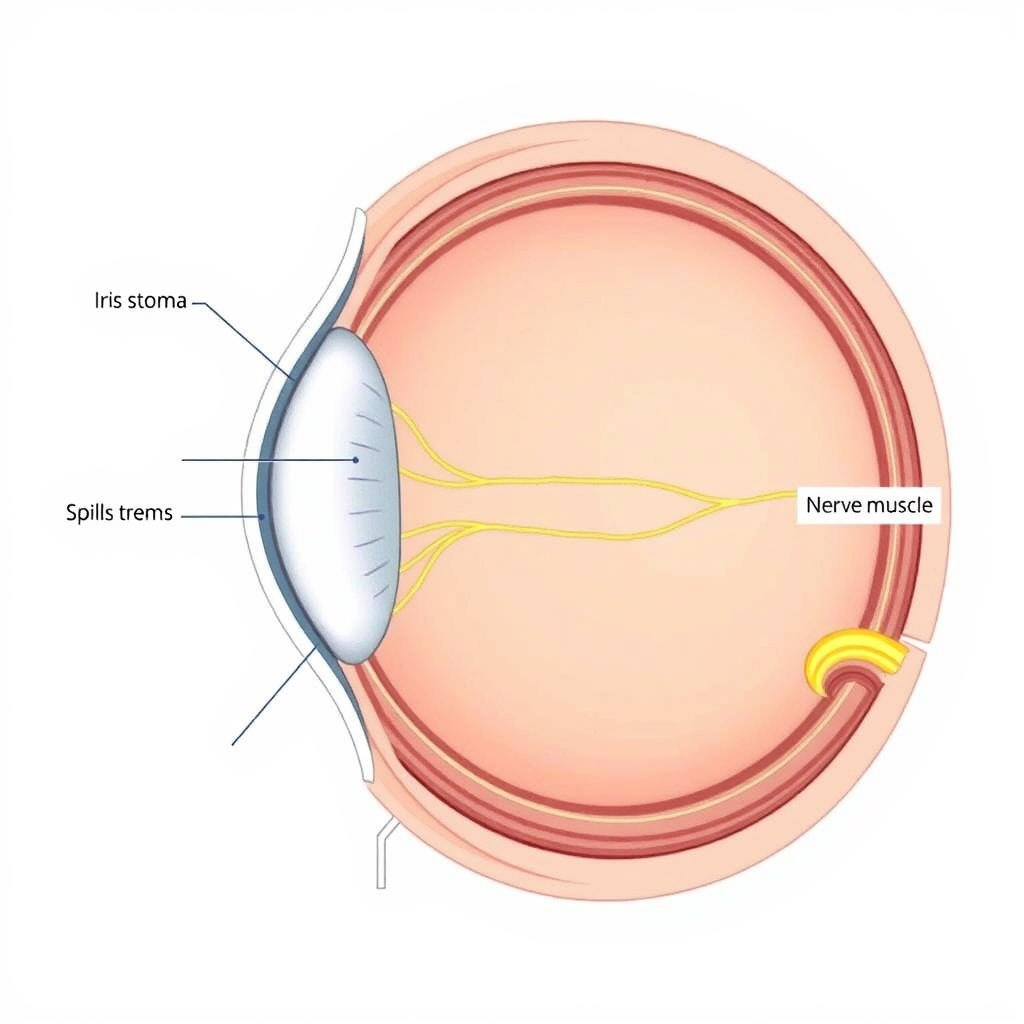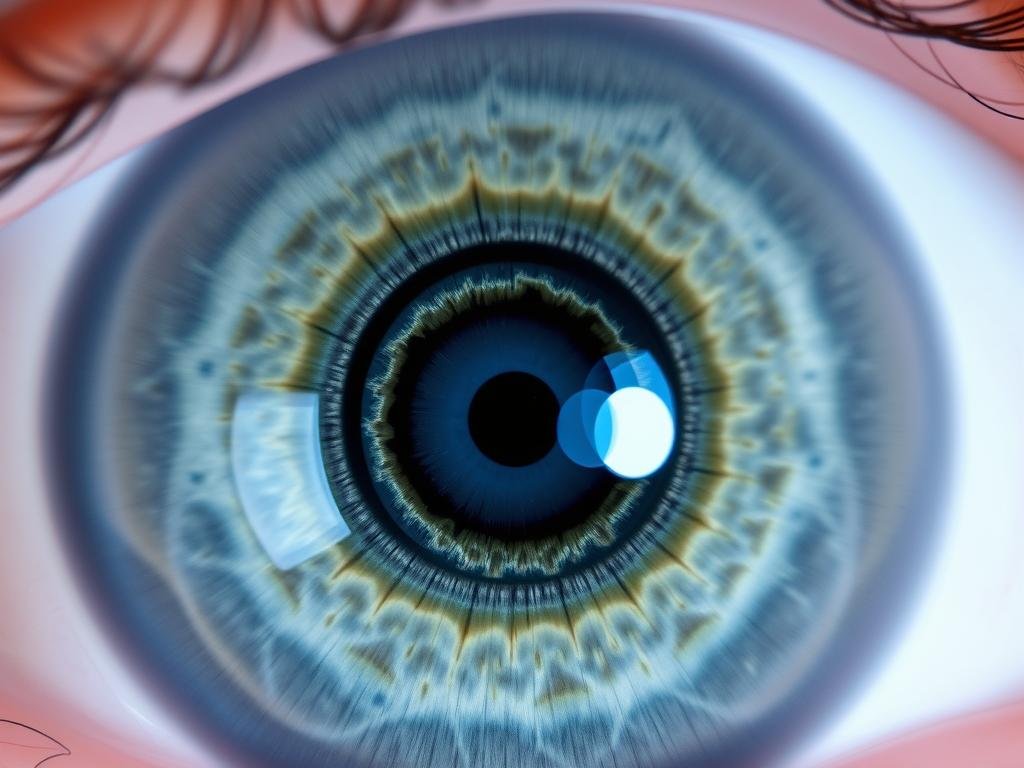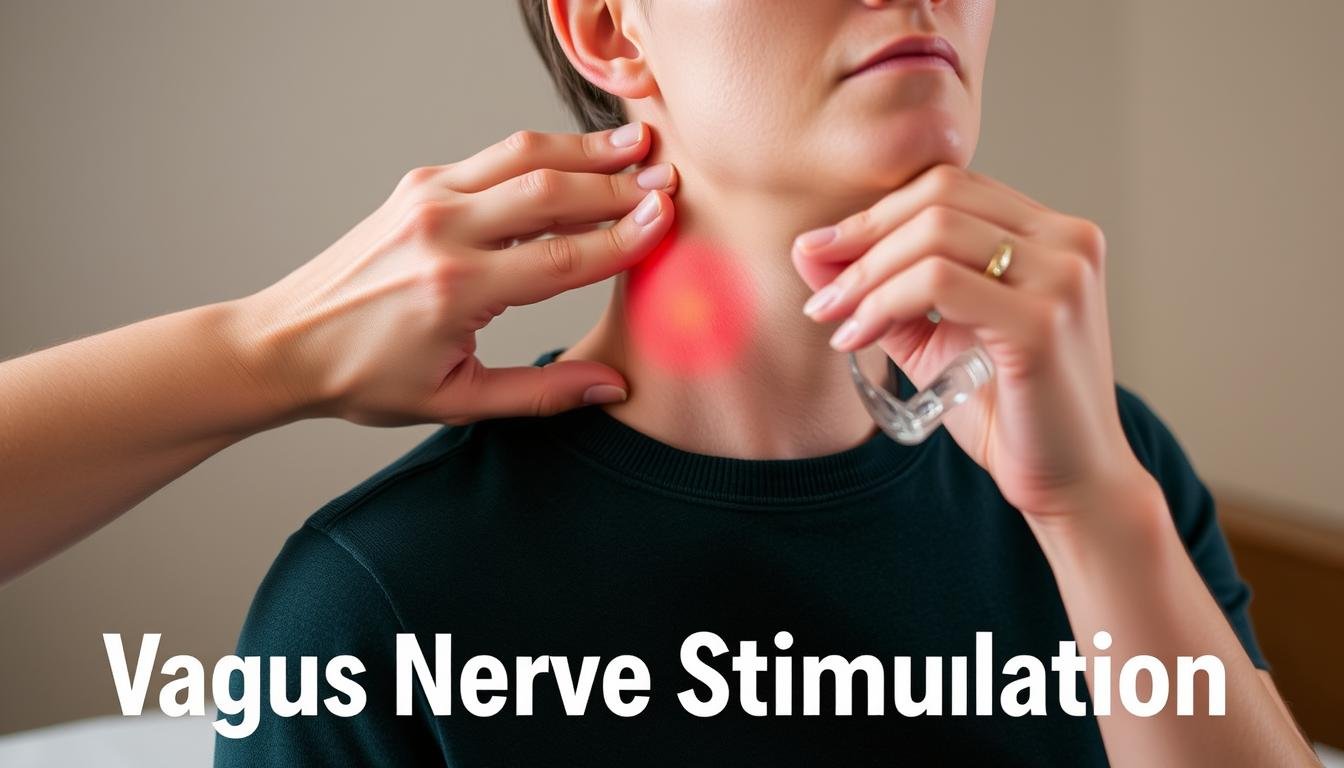Inele de stres în ochi: cauze, simptome și metode de prevenire
- Înțelegerea inelelor de stres ale ochilor: cauze, prevenire și tratament
- Ce înseamnă inelele de stres în ochi? Cauze, simptome și soluții
- Inele de stres pentru ochi: cauze, prevenire și opțiuni eficiente de tratament
- Inele de stres în iris: cauze, implicații și management holistic
- Iris Stress Stress: înțelegerea sensului și impactului lor asupra sănătății lor
- Ce provoacă inele nervoase în ochi? Simptome, diagnostic și tratament
- Inele nervoase în ochi: înțelegerea structurii și funcției lor în anatomia oculară
- Inele nervoase în iris: structură, funcție și semnificație clinică
- Stresul inele în ochi: o fereastră către sănătatea sistemului nervos
- Stresul sună în ochi și legătura lor cu anxietatea
- Inelele de stres în ochi pot indica stres emoțional?
- Inele de stres în ochi și alte marcaje irise: diferențe cheie
- Modul în care inelele de stres în ochi afectează sănătatea generală
- Știința din spatele stresului sună în ochi: ceea ce dezvăluie irisul tău despre stres
- Inele în ochi iris: cauze, tipuri și semnificația lor
- Iridologie cu inel de colesterol: Ce spune irisul tău despre sănătatea ta
- Ce sunt inelele de stres în ochi? Ghid pentru începători
- Cauzele inelelor de stres la ochi: înțelegerea factorilor rădăcină
- Simptome și semne ale inelelor de stres la ochi
- Stresul inelelor în ochi explicat: ce înseamnă ei în iridologie












